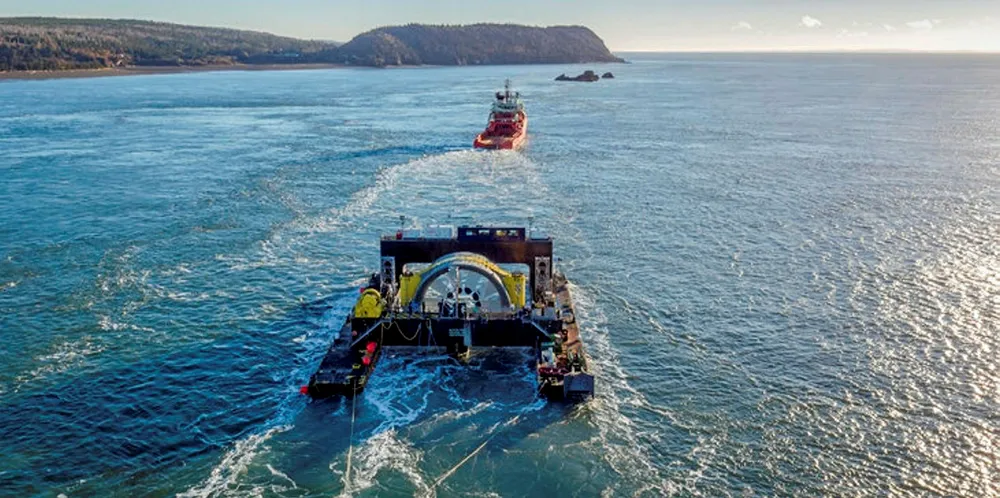'Right pieces of puzzle in place to make tidal a reality for Canada'
OPINION | Canada’s marine renewable energy sector has had its setbacks but persistence looks about to pay off, writes Elisa Obermann

OPINION | Canada’s marine renewable energy sector has had its setbacks but persistence looks about to pay off, writes Elisa Obermann
